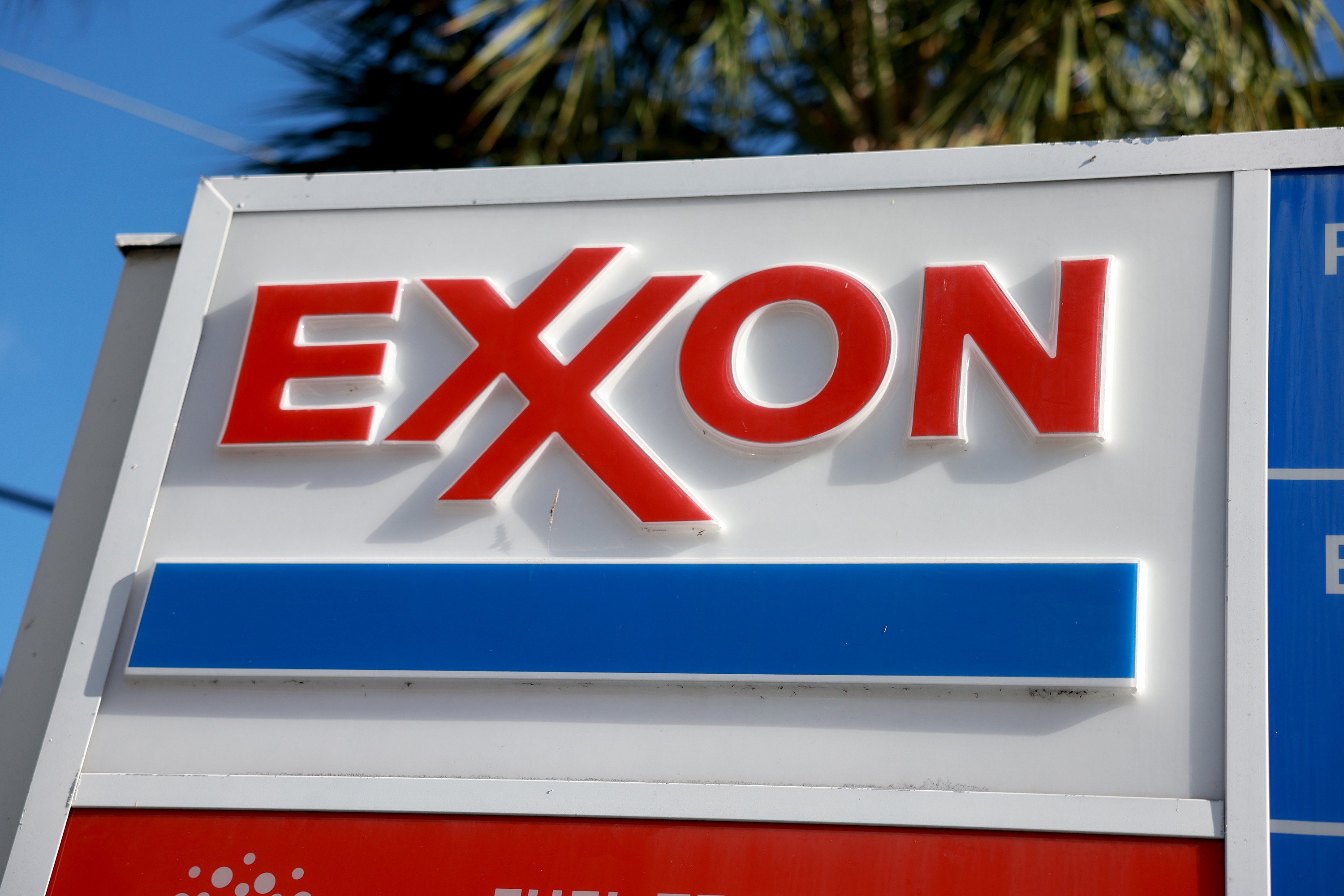LINN Energy (LINE +0.00%) has taken its investors on a rather bumpy ride since going public in 2006. I've been along for most of that ride, so, I've seen the value of my LINN Energy position rise and fall like it has on the following chart.
Throughout the years I've added to my position when the stock sold off by using my extra cash to bulk up on the company's oil and gas fueled dividends. This is why I'm always on the lookout for the next sell-off so I can further bolster my position in this high-yielding stock. Here are three reasons the stock could fall again in the future, which might offer investors like me an opportunity to buy.
Investors don't like the results of the Midland Basin trades
Most investors and analysts weren't exactly enthused by LINN Energy's first asset trade in the Midland Basin. In the rather complex deal LINN Energy handed over control of some of its oil rich position in the Midland Basin to ExxonMobil (XOM 0.60%) in exchange for natural gas assets in the Hugoton Basin. Investors, however, were hoping the company would have added additional high-margin oil assets to its portfolio instead of more natural gas. Meanwhile, analysts' opinions were mixed on the trade with one firm calling it "quantitatively, an ideal swap" as LINN Energy traded oil assets with annual production declines above 35% for gas assets declining at just 6% per year. Another analyst, however, said that the deal fell well short of its expectations so it reiterated an underperform rating.
Given the range of opinions there is the potential for volatility as the company completes its next trade. As the map below notes, LINN Energy still has a lot of acreage left in the Midland Basin that it plans to sell or trade.

Source: LINN Energy LLC Investor Presentation.
With the location of its acreage LINN Energy could actually complete more than one sale or trade transaction to wrap up its Midland Basin position. However, given the high hopes investors and analysts have for the completion of these trades there is the potential for LINN Energy to disappoint, which could cause a sell-off in its stock price. However, as we saw with the ExxonMobil trade, LINN Energy used that trade as a springboard to leverage its position in the Hugoton Basin. So, any selloff could be a buying opportunity when we see what LINN Energy really has in mind for the assets it receives.
Granite Wash sale process disappoints
The Midland Basin isn't the only part of LINN Energy's portfolio that it's reshuffling. The company is also planning to sell its assets in the Granite Wash and Cleveland plays in the Mid-Continent. Those assets are highlighted on the following slide.

Source: LINN Energy LLC Investor Presentation.
LINN Energy has already replaced these assets with its acquisition of Devon Energy's (DVN 0.05%) conventional natural gas assets for $2.3 billion and its purchase of Pioneer Natural Resources' (PXD +0.00%) assets in the Hugoton Basin for $340 million.
However, the concern here is that LINN Energy won't be able to sell its Granite Wash assets for the $1.5-$2 billion it's said to be seeking. If LINN Energy falls short of that amount, investors could sell off shares. This may, or may not be a buying opportunity; it will really depend on the full details of the sale being announced.
Commodity price volatility
LINN Energy has always been among the most hedged producers in the industry as noted on the following slide.

Source: LINN Energy Investor Presentation.
However, while LINN Energy's hedge position is stronger than its peers, it is weaker than it has been in the past. Most notable is its oil production, where LINN Energy is just 50%-60% hedged in 2015 and 2016, whereas it had previously maintained close to 100% oil hedges well into the future. For example, in late 2012 LINN Energy was 100% hedged on its oil production through 2016, however, after acquiring Berry Petroleum, which virtually doubled its oil production, LINN no longer hedges 100% of its oil more than a year into the future.
This could come back to bite LINN Energy if oil prices continue to fall. Further, NGL prices have also had an impact on LINN Energy's cash flow as stronger prices have helped it beat estimates while weaker prices had a negative impact on quarterly results more than once. Still, while LINN Energy is affected by commodity prices, the impact isn't as great as it is at other companies. So, if LINN Energy's shares get sold off along with other energy stocks if oil prices fall, that might be a buying opportunity because its cash flow is still much safer than its peers.
Investor takeaway
Investors should expect LINN Energy's shares to remain volatile. One reason for this is because investors have high expectations for the company, and if those expectations aren't immediately met, some investors might sell. That, however, just might be a buying opportunity for investors that have a place in the portfolio for more units of LINN Energy.







